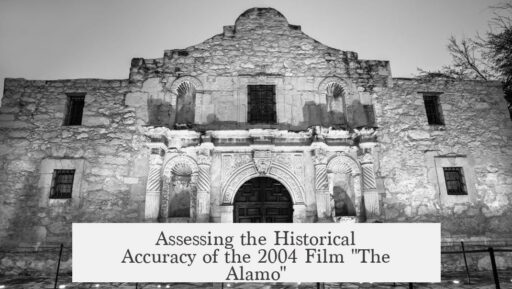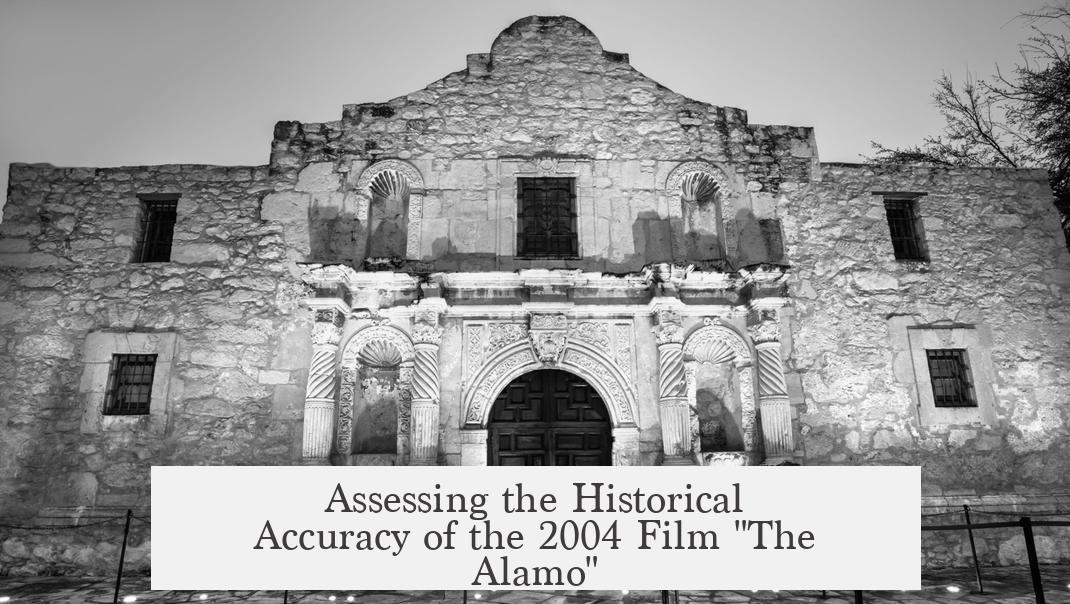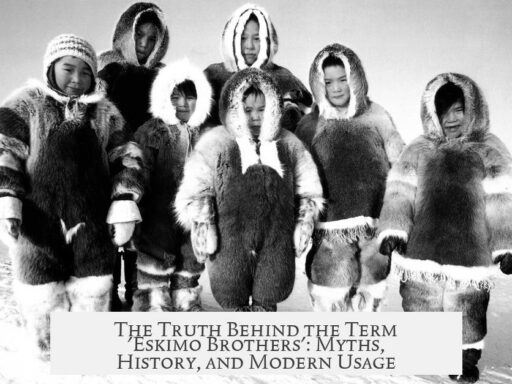The 2004 film “The Alamo” presents a more accurate depiction of the historic 1836 battle than earlier portrayals, especially when compared to the 1960 version. It aligns closely with current historical understanding of the battle’s duration, tactics, leadership, and aftermath.
The actual battle lasted roughly between 30 and 90 minutes, with Mexican forces initiating their assault before dawn. Fighting ended by sunrise, matching the film’s portrayal of a swift, intense conflict. The attackers reached the Alamo’s walls quickly, reducing the effectiveness of the defenders’ artillery. The movie accurately shows that despite fierce resistance—particularly from the Toluca battalion suffering heavy losses—the Mexican army overran the compound rapidly after breaking through the perimeter defenses.
The film accurately emphasizes the defenders’ insufficient numbers. The Alamo’s large walls required more men than were available to secure them effectively and to operate artillery properly. This lack of manpower was crucial to the defenders’ downfall.
Leadership dynamics between William B. Travis and James Bowie are also well depicted. The real tension and eventual sharing of command between the two officers are confirmed by historical sources. Bowie’s illness, which limited his ability to command, is portrayed faithfully. These details are documented in Todd Hansen’s “The Alamo Reader,” a key resource for understanding the battle.
The film sensitively handles events after the battle, including the execution of some defenders. While the fate of figures like David Crockett remains debated among historians, the movie acknowledges these uncertainties.
| Aspect | Film Accuracy |
|---|---|
| Battle duration | Matches historical range: 30 to 90 minutes |
| Battle tactics | Shows rapid breach and overrun of defenders |
| Defender numbers | Accurately depicts insufficient manning of walls and artillery |
| Leadership | Details tension and shared command between Travis and Bowie |
| Bowie’s condition | Shows Bowie’s illness affecting command |
| Aftermath | Includes debated executions with caution |
- The film’s depiction of the battle timing is consistent with historians’ consensus.
- It accurately represents the military tactics and rapid fall of the Alamo defenders.
- Leadership struggles and Bowie’s illness are portrayed with strong historical backing.
- The film respects ongoing debates about the fate of key figures like David Crockett.
- Compared to earlier versions, it offers a clearer, more nuanced account of the event.
How accurately did the 2004 film portray the length of the Battle of the Alamo?
The film correctly showed the battle as a short engagement. Historians agree it lasted between 30 and 90 minutes, mostly ending before sunrise.
Did the movie depict the defenders’ use of artillery and battle tactics well?
Yes. The film showed the defenders using artillery effectively, causing heavy Mexican casualties initially. But it also showed that the attackers reached the walls fast, overcoming the artillery’s impact.
Was the leadership and command situation at the Alamo accurately represented in the film?
The film portrayed the tension between Bowie and Travis and their shared command. It also showed Bowie falling ill, which was historically accurate and impacted the defense.
How did the 2004 film handle the fate of David Crockett and other defenders?
The film acknowledged uncertainty around executions after the battle. Whether Crockett was executed remains debated among historians and was presented with this ambiguity.
Overall, is the 2004 version of “The Alamo” more accurate than earlier films?
Yes, it is generally seen as more accurate than the 1960 film, reflecting better research and attention to historical detail in battle timing, tactics, and leadership.




